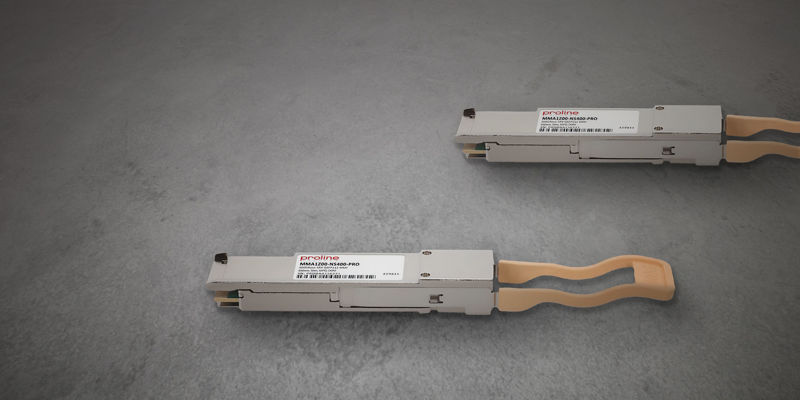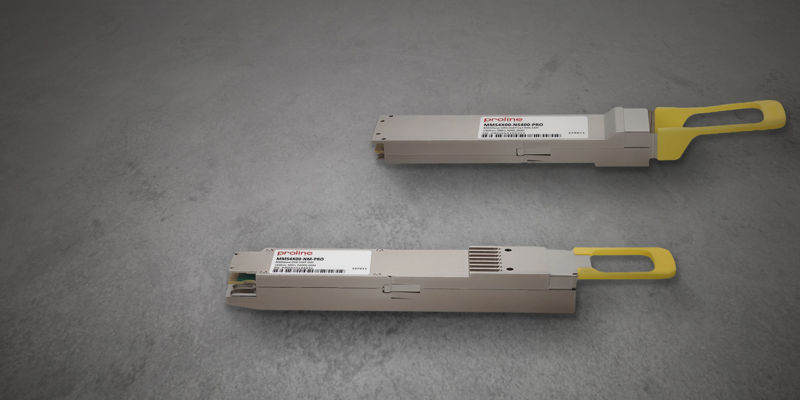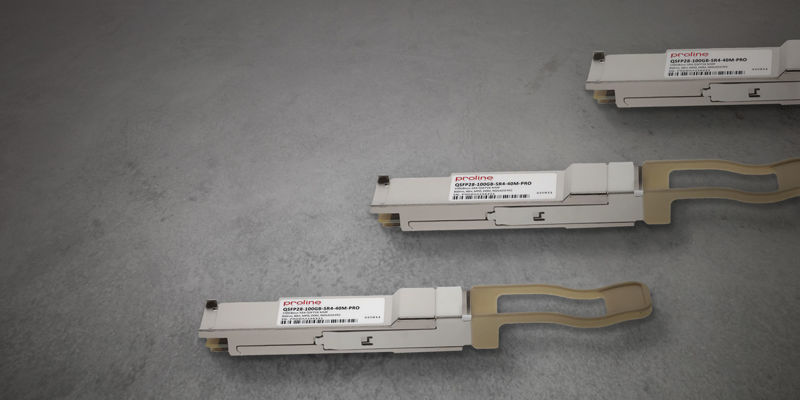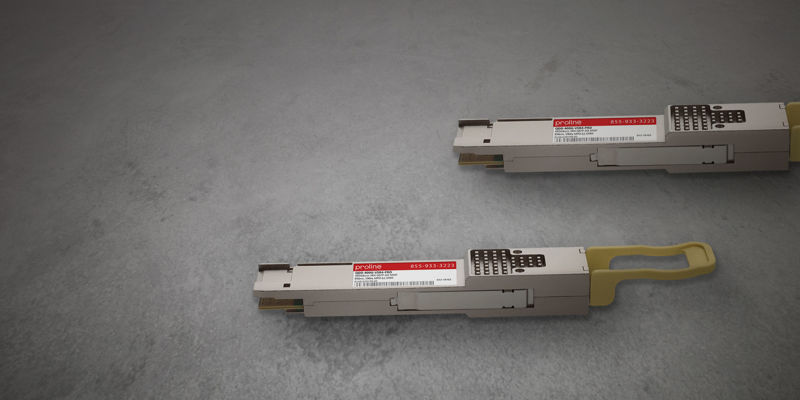In the world of high-speed networking, ensuring optimal performance by understanding and addressing connectivity loss is crucial. In this article, we will delve into the different types of loss and explore effective strategies and best practices to mitigate their impact.
Understanding the Types of Loss
Connectivity loss can be broadly categorized into two primary types: insertion loss (IL) and return loss (RL). Insertion loss occurs when additional devices are introduced into the network, resulting in signal attenuation. On the other hand, return loss relates to factors that restrict the amount of signal reflected back to the source.
As networks expand, issues such as micro-bending, over-tensioning, or physical damage to the fiber can gradually lead to insertion loss. Similarly, gaps, breaks, contamination, and strain can contribute to return loss. To prevent these losses, it is vital to minimize fiber complexity, reduce the number of splices, and avoid using low-quality fiber cables with subpar loss specifications.
Targeted Measurement and Resolution
When connectivity loss becomes a concern, conducting separate measurements for both IL and RL becomes essential. This approach allows for a more precise identification and resolution of the underlying issues. For instance, an optical fiber with a break may still transmit light, resulting in a misleadingly low IL reading. By measuring RL separately, the precise location of the break can be pinpointed, facilitating effective remediation.
Exploring the Role of Ferrules
Ferrules, the tiny ceramic or metal structures that hold the fiber within fiber-optic connectors, can contribute to both types of loss. While the narrow gap between mating connectors prevents damage, it introduces its own level of loss. This loss is mitigated through polishing techniques that leverage light reflection.
There are three common types of polish that are widely used: physical contact (PC), ultra-physical contact (UPC), and angled physical contact (APC). Each polish type significantly impacts loss levels.
PC polish reduces the imperfection's surface area by adding a convex finish, making it suitable when insertion loss tolerance is relatively high.

UPC, with extended polishing, provides a more reliable signal with lower insertion loss. However, repeated mating and un-mating may lead to increased return loss due to deteriorating fiber surface quality.

APC, featuring an angled convex surface, tightens the connection and channels back reflection into the fiber cladding, nullifying its impact. APC is preferred for applications with lower loss tolerance, such as fiber-to-the-home (FTTH) deployment.

It is important to note that APC ferrules may not mate with other polish types, potentially limiting their compatibility with legacy systems. Regardless of the polish type used, maintaining clean ferrules is of paramount importance for minimizing connectivity loss, particularly before and after testing procedures.
Staying within the Loss Budget
The cumulative acceptable loss within a network, known as the "loss budget," represents the combined estimated losses of all cable plant components. If measurements using a light source and power meter significantly exceed the loss budget, it indicates the need for a thorough examination of each network segment to identify the root causes of loss. Online reference charts and smartphone apps are available to calculate loss budgets and evaluate loss specifications for various components.
Conclusion
In the complex realm of high-speed networking, addressing connectivity loss is essential for achieving optimal performance. Don't let connectivity loss hinder your network's performance—partner with us for reliable and efficient networking solutions that power your success.
For more information or a quote, contact us here.
Your fiber optic solution is here
Explore the benefits of working with us. Get started today!






